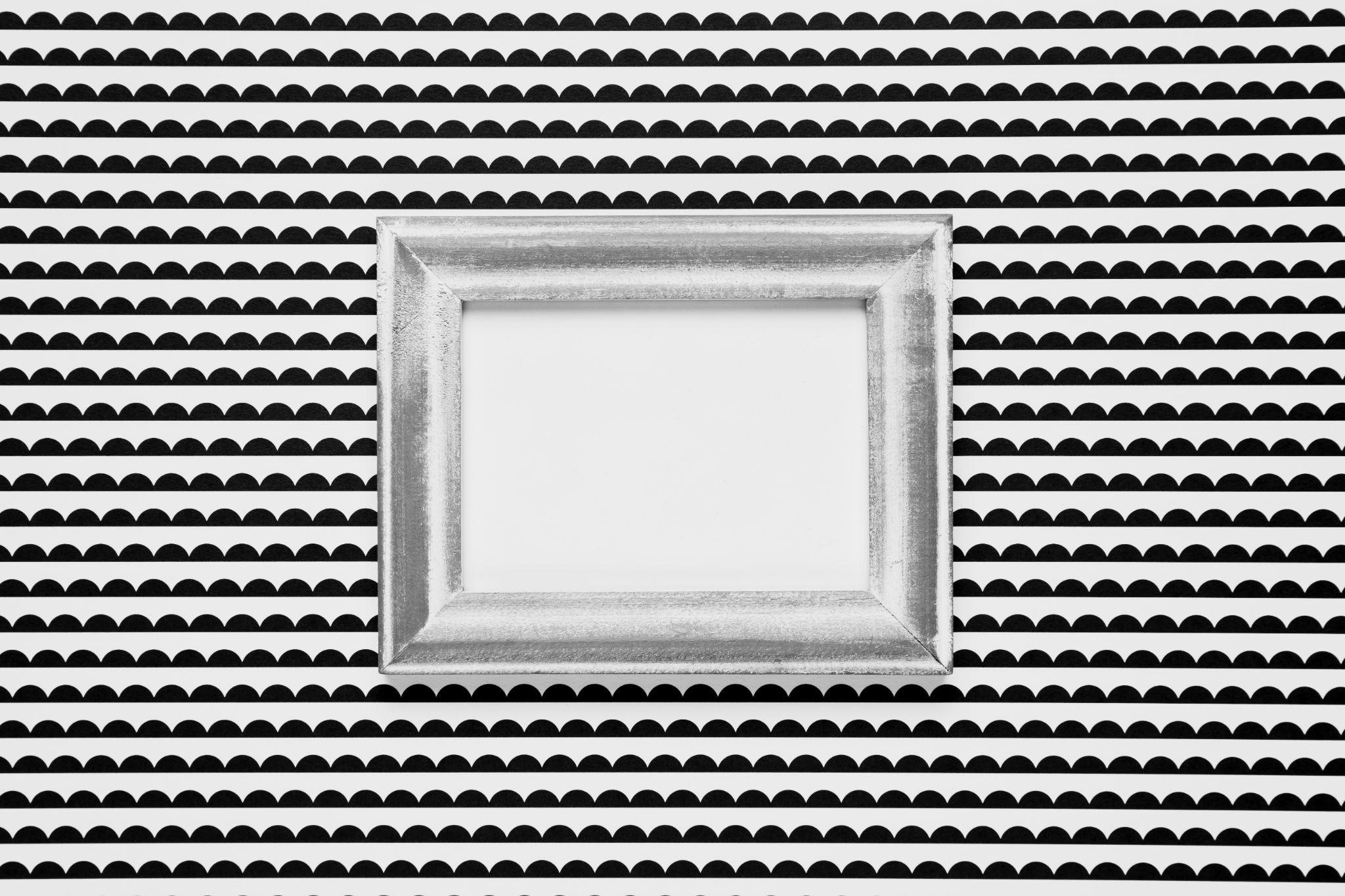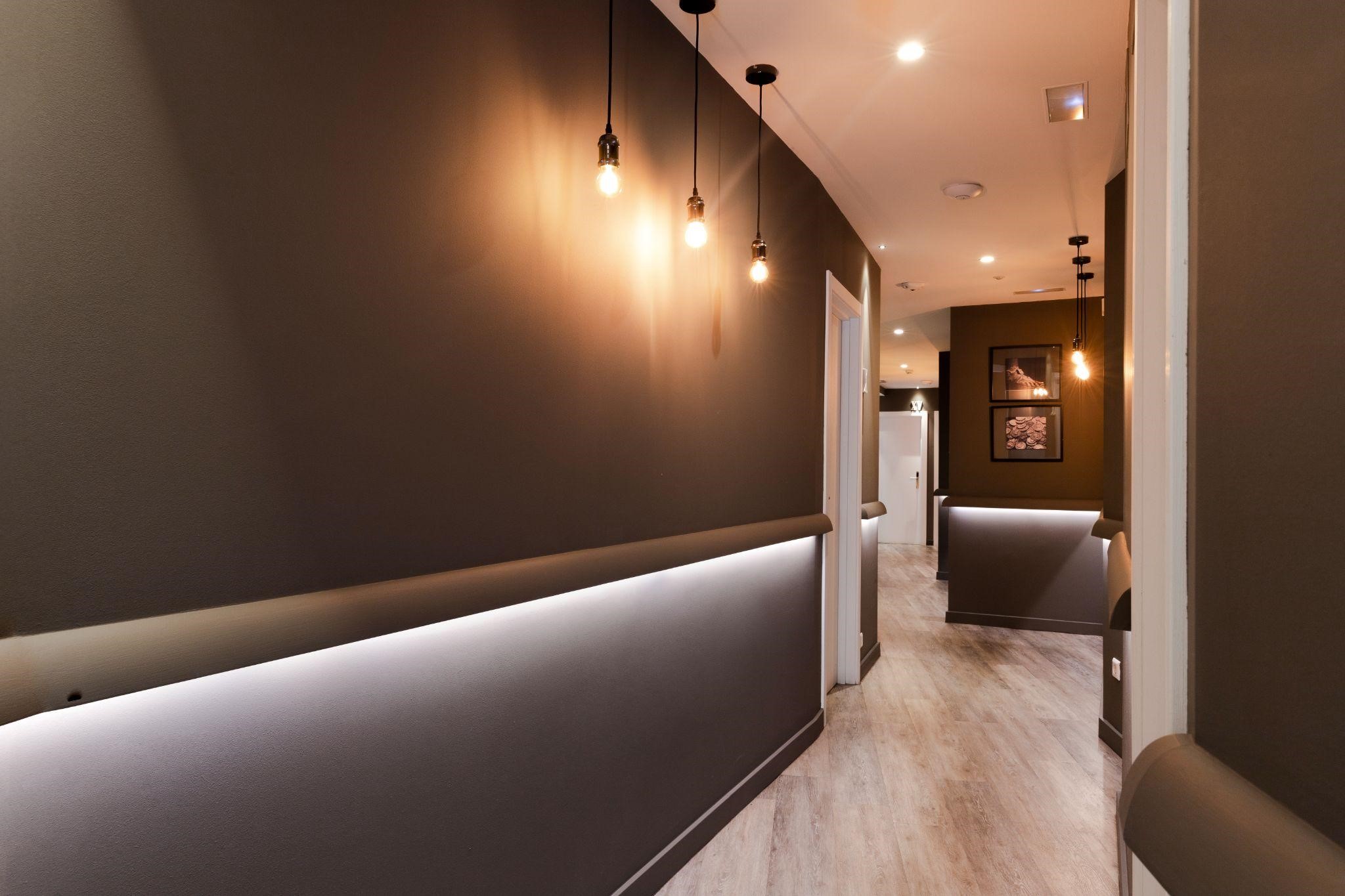The protection of outdoor photocell switches depends on their casings. They ensures the system works well and lasts longer. But one key detail is often overlooked: the material of the casing and how well it can withstand sunlight or ultraviolet(UV) radiation.
It’s crucial because sunlight can weaken materials, putting the casings and whole lighting system at risk. It’s important for both buyers and sellers to understand how important UV resistance is.
This write-up looks at why UV resistance matters in photocell casings. It also talks about why picking the right materials matters for makers and purchasers both. 
Understanding UV Resistance In Photocell casings
Sunlight contains more than just visible light. It also has ultraviolet (UV) radiation, which has a lot of energy and can damage materials. This damaging process, called photodegradation, can weaken the material, making it brittle, discolored, or prone to cracking.
Photocell casings made from UV-resistant materials act as a shield against this harmful radiation. By choosing a UV-resistant material, manufacturers ensure the photocell functions optimally for a long time. This means the entire unit will have reliable performance and a longer lifespan.
The ability of a material to resist UV radiation depends on several factors. These include the material’s inherent chemical composition, the manufacturing processes used, and even environmental factors like temperature and humidity.
Comparison of Photocell Casing Materials
When choosing the manufacturing material for the casings of a photocell light sensor, it’s important to understand the strengths and limitations of each option. This helps us pick the most suitable material based on specific requirements like UV resistance, durability, and environmental conditions.
Let’s take a closer look at various photocell casing materials and their pros and cons.
Polycarbonate
Polycarbonate is a popular choice for photocell casings. It’s great at blocking UV rays, protecting the photocell inside from damage. This ensures long-lasting and reliable performance, even when exposed to sunlight. Polycarbonate is commonly used for outdoor applications where longevity is crucial.
- ● Advantages: Exceptional UV resistance, high impact strength, good clarity, and lightweight.
- ● Disadvantages: It can be more expensive than some alternatives, and susceptible to scratches if not treated with a hard coat.
Acrylic
Acrylic is a fair choice for UV resistance, though not as effective as polycarbonate. It can tolerate little amounts of sunlight, but if exposed for long periods, UV rays can make acrylic change to a yellow color and become fragile.
Acrylic can serve in Photocontroll casings at places with little UV exposure. It’s frequently used inside or in shaded outdoor spots where the main concern is cost.
- ● Advantages: Cost-effective, excellent clarity, lightweight, easy to fabricate.
- ● Disadvantages: Lower UV resistance compared to polycarbonate, more susceptible to scratches and cracking.
ABS (Acrylonitrile Butadiene Styrene)
ABS offers moderate UV resistance. It can withstand some sunlight exposure, but extended UV radiation can lead to degradation.
For ABS to be used in outdoor photocell switch casings, the expected amount of sunlight needs to be considered. If UV resistance is a fundamental priority, then other materials like polycarbonate might be a wiser pick.
- ● Advantages: Cost-effective, good balance of mechanical properties (strength, toughness), easily machinable and moldable.
- ● Disadvantages: Moderate UV resistance, which can become brittle over time in direct sunlight and is susceptible to some chemicals.
PVC (Polyvinyl Chloride)
PVC, or Polyvinyl Chloride, holds up reasonably well under UV light. Although not the top pick for high-sunlight areas, it could be a good choice and suitable for outdoors. Long-term UV exposure might make the outer layer brittle or change its color, but it most likely won’t seriously affect how it works.
PVC can be a PVC can be a smart, budget-friendly choice for photocell light switch casings with limited sun exposure or sheltered locations.
- ● Advantages: Cost-effective, lightweight, good chemical resistance, watertight when properly sealed.
- ● Disadvantages: Limited UV resistance compared to other options, can become brittle in prolonged sunlight, and potential environmental concerns during disposal.
Silicone
Silicone is typically great at resisting UV light. It’s naturally good at stopping sunlight from breaking it down, which makes it a good choice for lasting a long time outdoors.
Though silicone is great at resisting UV, its flexible nature might not work for some Photo Control Switch. If the casing needs to be really rigid, it might be better to use other materials.
- ● Advantages: Exceptional UV resistance, high flexibility, wide temperature tolerance, and good weatherproofing properties.
- ● Disadvantages: It can be more expensive than some alternatives and may not offer the same level of rigidity as some other materials.
Testing Methods for UV Resistance
Accurately evaluating a material’s resistance to UV rays is essential when choosing the right casing for an outdoor photocell switch. The American Society for Testing and Materials (ASTM) International has established widely accepted standards for testing UV resistance.
These standards outline specific procedures and environmental conditions to mimic real-world sun exposure. By following these standards, manufacturers can obtain dependable and comparable data on different materials’ UV resistance.
Best Practices for Material Selection
Choosing the right material for your photocell casing is an important decision that can impact its performance and lifespan. Here are some key factors to consider as you select the best material.
Understand Your Needs
Carefully evaluate the environment where the photocontrol receptacle will be used. Consider factors like sun exposure, temperature extremes, and potential exposure to moisture or chemicals. Understanding the specific conditions will help guide your material selection.
Prioritize Durability
Choose a material that offers excellent UV resistance to prevent degradation over time. This will ensure reliable operation for the long haul. Also, consider the maintenance needs – some materials may require more frequent cleaning or replacement due to issues like scratching or cracking.
Consult the Experts
Material suppliers are valuable resources. Don’t hesitate to reach out and discuss your application requirements with them. Their expertise can help you navigate the options and select the ideal material for your needs.
By carefully considering these factors, you can make an informed decision and invest in a photocell casing material that will deliver optimal performance and longevity.
Why Choose Chiswear Photocell Products?
By following these best practices and considering the factors discussed throughout this guide, you can make an informed decision about the best material for your photocell casing. Chiswear, the maker of photocell products, takes pride in offering a variety of high-quality photocells housed in enclosures specifically chosen for their exceptional UV resistance and durability.
Whether you require a cost-effective solution for limited sun exposure or a heavy-duty casing for harsh outdoor environments, Chiswear offers a range of options to meet your specific needs. Explore their photocell product line to find the perfect solution for your application.
The Bottom Line
UV resistance is a critical factor for photocell casings. Selecting the right material ensures long-lasting performance and reliable operation. You can make an informed choice by comparing material properties and following best practices. Remember, Chiswear photocells offer exceptional UV resistance and durability, making them a strong choice for various applications.
External Links
- https://en.wikipedia.org/wiki/Ultraviolet
- https://en.wikipedia.org/wiki/Photodegradation
- https://en.wikipedia.org/wiki/Polycarbonate
- https://en.wikipedia.org/wiki/Acrylic
- https://en.wikipedia.org/wiki/Acrylonitrile_butadiene_styrene
- https://en.wikipedia.org/wiki/Polyvinyl_chloride
- https://www.astm.org/
Post time: Apr-07-2024

